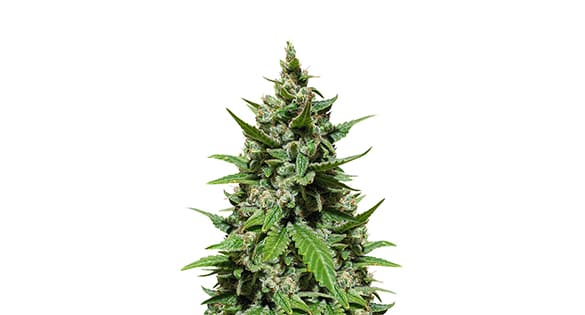
Gelato
Learn more

Understanding Cannabis Genetics: An In-Depth Look at Indica, Sativa, and Hybrid Strains
Cannabis genetics can be complex and confusing, but understanding the differences between indica, sativa, and hybrid strains is crucial for anyone interested in using or growing cannabis. In this in-depth article, we explore the unique characteristics of each strain type, their effects, growth patterns, and breeding origins. We have prepared reviews of the best varieties of cannabis for you. Follow the links below to learn more about each one:
Indica strains are typically associated with a relaxed, sedative effect that can be useful for pain relief and insomnia. They are generally shorter and bushier than sativa plants, with broad, dark leaves and thick, dense buds. Indica strains are believed to have originated in the Hindu Kush region of the Middle East and Central Asia, and are well-suited for growing in cooler climates.
Some popular indica strains include:
Sativa strains are generally associated with an energizing, uplifting effect that can be useful for creativity and socializing. They are taller and thinner than indica plants, with narrow leaves and longer, more elongated buds. Sativa strains are believed to have originated in equatorial regions of the world, and are well-suited for growing in warmer climates.
Some popular sativa strains include:
Hybrid strains are a combination of both indica and sativa genetics, resulting in a variety of effects and growth patterns. Hybrid strains can be bred to emphasize specific traits, such as high THC content, CBD content, or specific terpene profiles. They can also be bred to grow well in a particular climate or environment.
Some popular hybrid strains include:
Breeding cannabis strains is a complex process that involves selecting and crossing different strains to create new genetics. The process involves selecting plants with desirable traits and crossing them with other plants that also have desirable traits. The resulting offspring can then be crossed again, resulting in a new strain with a unique genetic makeup.
Cannabis genetics can be further refined by using techniques like cloning and tissue culture. Cloning involves taking cuttings from a mother plant and rooting them to create genetically identical offspring. Tissue culture involves using small amounts of plant tissue to create new plants with identical genetic makeup.
We’ve compiled a list of four web-based retailers that offer hemp seeds and designed a user-friendly chart highlighting the delivery, location, and payment advantages of each vendor. By utilizing this data, you can confidently select the best source to purchase your desired hemp seeds. All of the vendors on our list provide top-quality seeds and are renowned for dependable service, making them suitable for both experienced cultivators and novice growers. Check out our chart for a side-by-side comparison of the various vendors and pick the one that meets your specific requirements.

Price: from $5

Pack: from 1 seed

Shipping worldwide

Price: from $15

Pack: from 1 seed

Fast ship US only – 1 day

Price: from $80

Pack: from 5 seeds

Shipping US only

Price: from $50

Pack: from 5 seeds

Shipping worldwide
Understanding cannabis genetics is a crucial aspect of using and growing cannabis. Whether you prefer indica, sativa, or hybrid strains, each offers a unique set of characteristics and effects. By learning more about cannabis genetics, you can make informed decisions about which strains to use and how to grow them.